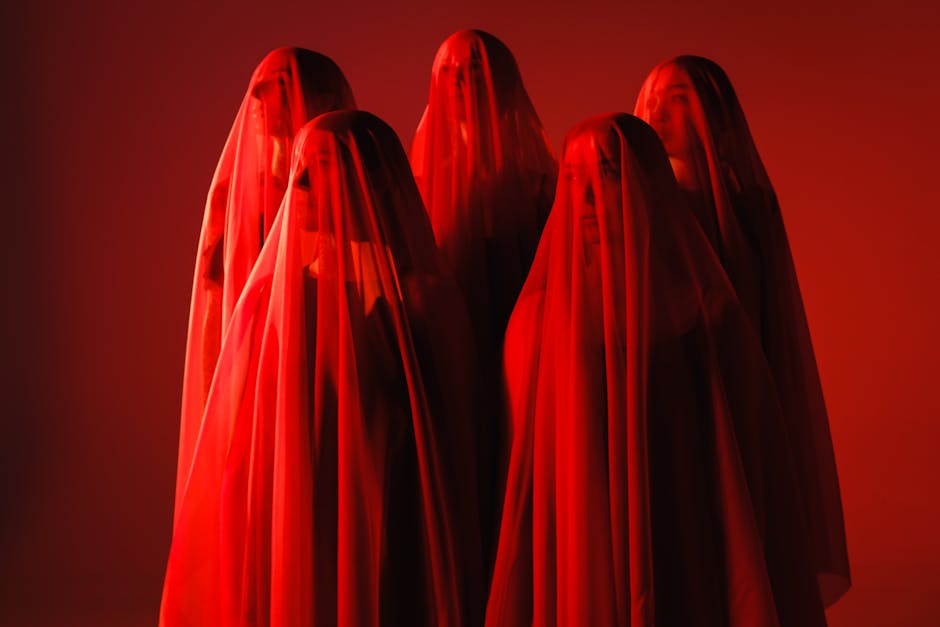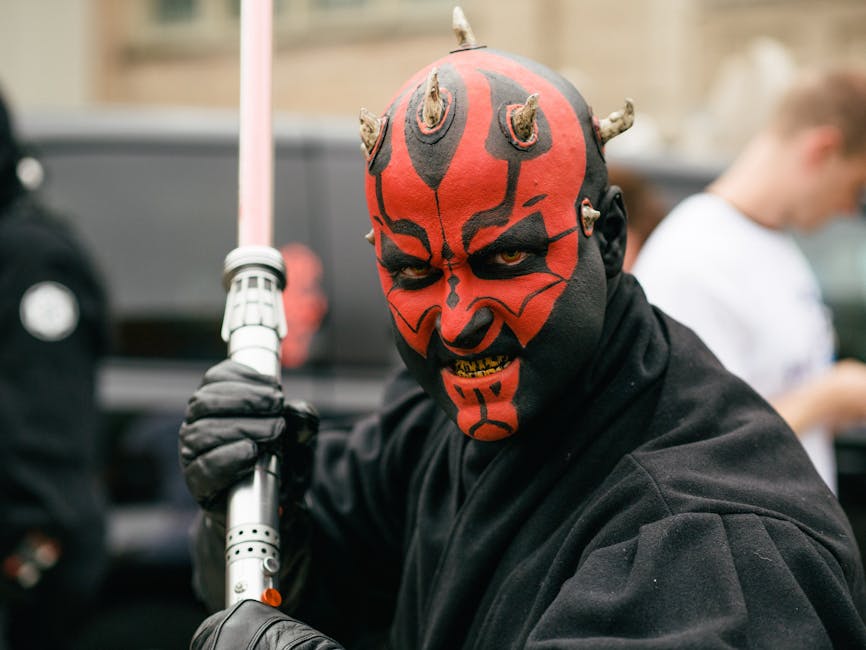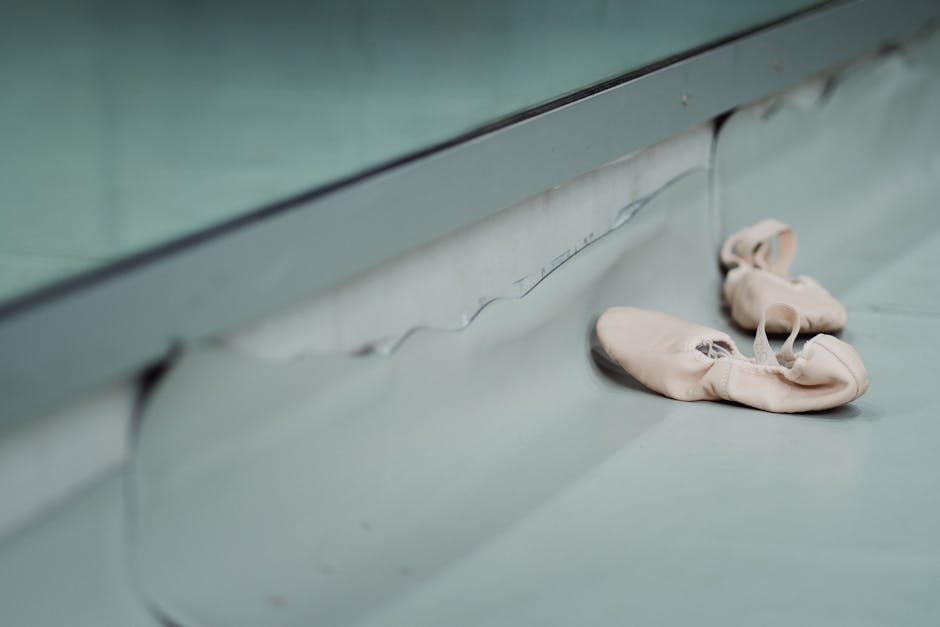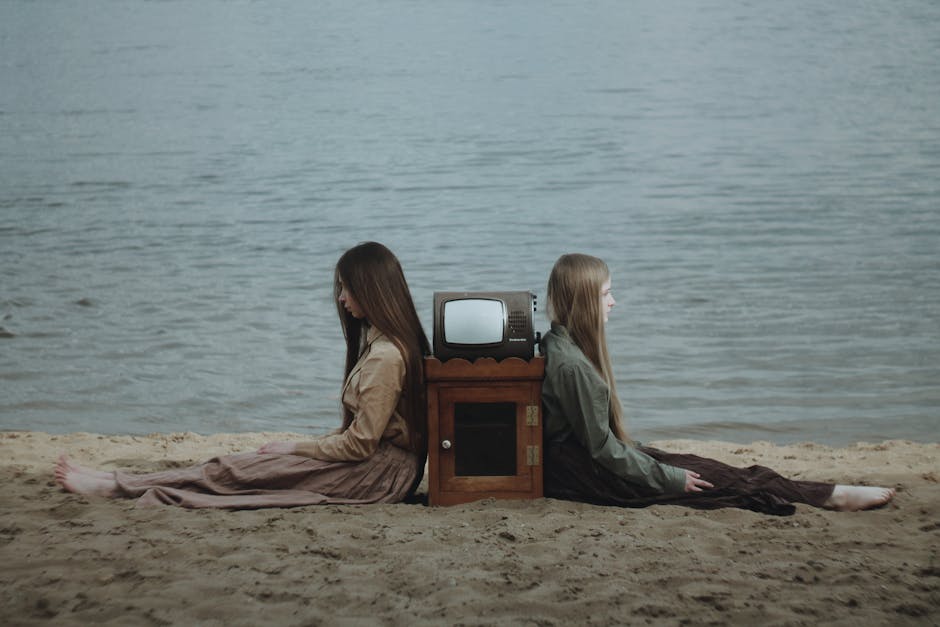Iconic movie scenes have the power to transcend the screen, embedding themselves into the fabric of pop culture and shaping the way stories are told for generations. From spine-tingling suspense to moments of pure joy, these sequences not only define their films but also leave a lasting impression on audiences worldwide. In this comprehensive exploration, we’ll analyze what makes a scene iconic, revisit some of cinema’s most unforgettable moments, and examine how these scenes influence storytelling and culture at large.
What Makes a Scene Iconic?

Photo by cottonbro studio on Pexels
When we think of iconic movie scenes, certain images and sounds instantly come to mind—Marilyn Monroe’s white dress billowing over a subway grate, the chilling screech of violins in Hitchcock’s Psycho, or the triumphant shout from the bow of the Titanic. But what exactly transforms a film moment into an enduring cultural touchstone?
At its core, an iconic scene is one that resonates far beyond its original context. It’s a blend of visual storytelling, emotional impact, and cultural relevance. The scene might introduce a groundbreaking technique, deliver a line that becomes part of the vernacular, or capture a universal emotion in a way that feels both personal and grand. Often, these moments are meticulously crafted by directors, writers, and actors who understand the power of timing, music, and performance.
Consider the shower scene in Psycho: Alfred Hitchcock’s masterful editing, Bernard Herrmann’s piercing score, and Janet Leigh’s performance combined to create a sequence that not only shocked audiences but also redefined the horror genre. The scene’s influence is still felt today, referenced and parodied across countless films and TV shows.
Other factors contributing to a scene’s iconic status include its originality, its ability to encapsulate the film’s themes, and its adaptability into other contexts—through homage, parody, or reinterpretation. Ultimately, an iconic scene is one that lingers in the collective memory, continually shaping the way we experience stories on screen.
Legendary Examples: Scenes That Changed Cinema

Photo by Otto Rascon on Pexels
Throughout film history, certain scenes have stood out not just for their technical brilliance, but for the way they’ve shifted the trajectory of cinema itself. Let’s revisit a few legendary examples and unpack what makes them so influential.
The Shower Scene – Psycho (1960)
Perhaps no moment in film is as instantly recognizable as the shower scene from Psycho. Hitchcock’s use of rapid cuts, stark black-and-white imagery, and Herrmann’s jarring score created a sense of terror that was unprecedented at the time. The scene’s impact went beyond horror, influencing suspense filmmaking and even changing audience expectations about character safety and narrative structure.
Maria on the Hills – The Sound of Music (1965)
Julie Andrews spinning atop an Austrian hillside, arms outstretched, is a vision of freedom and joy. This scene not only sets the tone for the film but has inspired generations with its sense of possibility. It’s been referenced in everything from fashion editorials to advertisements, becoming a symbol of exuberance and hope.
The Chestburster – Alien (1979)
Ridley Scott’s Alien introduced audiences to a new level of cinematic shock with the chestburster scene. The combination of practical effects, genuine actor reactions, and a slow build of tension resulted in a moment that redefined science fiction horror. Its influence can be seen in countless genre films that followed.
The Bow of the Titanic – Titanic (1997)
Leonardo DiCaprio and Kate Winslet at the bow of the Titanic, arms outstretched, is a scene that encapsulates romance and adventure. The line “I’m the king of the world!” became a catchphrase, and the image has been parodied and homaged endlessly, cementing its place in pop culture.
The Upside-Down Kiss – Spider-Man (2002)
A rain-soaked kiss between Spider-Man and Mary Jane reimagined the superhero genre’s approach to romance. This scene became an instant classic, influencing not just superhero films but romantic storytelling across genres.
Analyzing the Anatomy of an Iconic Scene

Photo by M Al Hasani Hafizh on Pexels
What elements consistently appear in scenes that stand the test of time? By breaking down the anatomy of an iconic scene, we can better understand how filmmakers craft moments that resonate.
Visual Composition: Iconic scenes often feature striking visuals—a unique camera angle, a memorable color palette, or a carefully choreographed movement. These visuals not only catch the eye but also serve the story, reinforcing themes or emotions.
Sound and Music: The right score or sound effect can elevate a scene from memorable to legendary. Think of the swelling music as Maria sings in The Sound of Music, or the sharp, stabbing violins in Psycho. Sound design helps to create mood, build suspense, or underscore emotional beats.
Performance: Actors bring iconic scenes to life through nuanced performances. Whether it’s Heath Ledger’s chilling portrayal of the Joker in The Dark Knight or the vulnerability in Janet Leigh’s final moments in Psycho, great acting grounds the spectacle in genuine emotion.
Dialogue and Silence: Sometimes a single line—“Here’s looking at you, kid”—can define a scene. Other times, silence speaks volumes, allowing visuals and body language to communicate what words cannot.
Context and Timing: The placement of a scene within the narrative can heighten its impact. A well-timed reveal, twist, or emotional climax can transform a good scene into an unforgettable one.
How Iconic Scenes Influence Pop Culture

Photo by Budgeron Bach on Pexels
The ripple effect of iconic movie scenes extends far beyond the theater. These moments often enter the realm of pop culture, inspiring parodies, homages, and even shaping trends in fashion, language, and behavior.
Consider the way the phrase “Why so serious?” from The Dark Knight has become a catch-all for challenging the status quo or injecting levity into tense situations. Or how Elsa’s anthem “Let It Go” in Frozen inspired a wave of self-empowerment messaging, Halloween costumes, and viral videos.
Iconic scenes also serve as shorthand in advertising and media. The image of E.T. and Elliott flying across the moon has been referenced in everything from commercials to sports broadcasts. Such scenes become part of our shared cultural vocabulary, instantly recognizable and loaded with meaning.
Moreover, these moments often influence other filmmakers, leading to new waves of storytelling that build upon or subvert the original. Parody and homage keep scenes alive, allowing each generation to reinterpret them through a contemporary lens.
Storytelling Lessons from Iconic Scenes

Photo by Photo By: Kaboompics.com on Pexels
For creators, analyzing iconic scenes offers invaluable lessons in storytelling. These moments teach us about pacing, emotional resonance, and the power of visual and auditory language.
Show, Don’t Tell: Many iconic scenes rely on visual storytelling rather than exposition. The chestburster in Alien communicates horror and surprise without lengthy dialogue, using imagery and reaction to convey meaning.
Emotional Honesty: Audiences connect with scenes that feel authentic. Whether it’s the vulnerability of a character or the exhilaration of a musical number, emotional honesty is key to making a scene memorable.
Subtext and Symbolism: Great scenes often operate on multiple levels, using subtext and symbolism to add depth. The mirror scene in Taxi Driver, for example, explores themes of alienation and self-identity through a simple yet powerful visual motif.
Risk and Innovation: Iconic moments frequently break new ground, whether through technical innovation, bold narrative choices, or challenging audience expectations. Hitchcock’s decision to kill off his apparent protagonist early in Psycho shocked viewers and set a new standard for suspense.
By studying these elements, storytellers can craft scenes that not only serve the narrative but also resonate on a deeper, more lasting level.
Why We Keep Returning to Iconic Scenes

Photo by MiracleKilly on Pexels
There’s a reason why certain movie moments are revisited, analyzed, and celebrated year after year. Iconic scenes tap into universal emotions—fear, joy, love, awe—and present them in a way that feels both fresh and timeless. They become cultural landmarks, markers of shared experience that unite audiences across generations.
These scenes also offer a sense of nostalgia, allowing viewers to relive the emotions they felt the first time they watched. For many, quoting a favorite line or referencing a memorable image is a way of connecting with others who share the same cinematic touchstones.
In an era of rapid media consumption, the enduring power of iconic movie scenes reminds us of the lasting impact of great storytelling. They are not just moments in a film—they are moments in our lives, woven into the stories we tell about ourselves and the world around us.
The Future of Iconic Scenes: New Media, New Moments

Photo by Los Muertos Crew on Pexels
As technology evolves and new forms of storytelling emerge, the nature of iconic scenes is also changing. Streaming platforms, social media, and interactive media offer fresh opportunities for filmmakers and audiences to create and share memorable moments.
Short-form content, viral videos, and GIFs have given rise to new kinds of iconic scenes—moments that may last only a few seconds but are endlessly replayed and remixed online. The democratization of media means that anyone can contribute to the cultural conversation, making it easier than ever for new scenes to achieve iconic status.
Yet, the fundamentals remain the same: emotional resonance, visual impact, and cultural relevance. Whether on the big screen or a smartphone, the scenes that endure are those that tap into something universal, offering a window into the human experience.
As we look to the future, one thing is certain: the power of iconic movie scenes will continue to shape the way we see, feel, and tell stories—for generations to come.
Sources
- https://thescriptlab.com/blogs/34080-the-most-iconic-movie-scenes-of-all-time/
- https://nofilmschool.com/movies-scenes-pop-culture
- https://www.nycastings.com/lights-camera-study-unforgettable-movie-scenes-every-actor-should-analyze/

